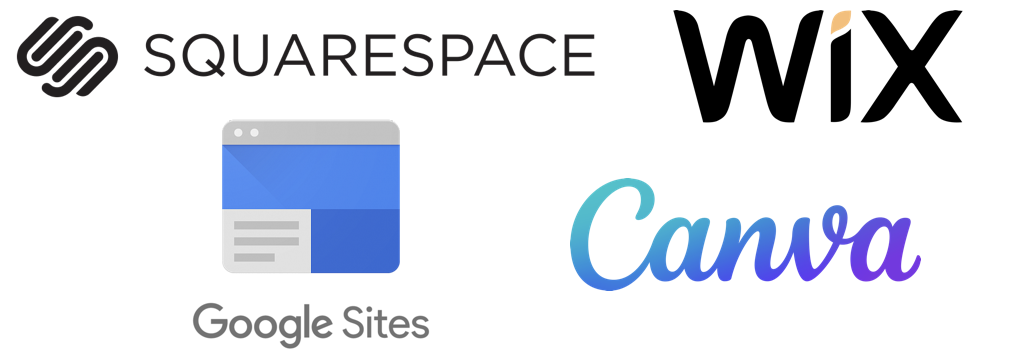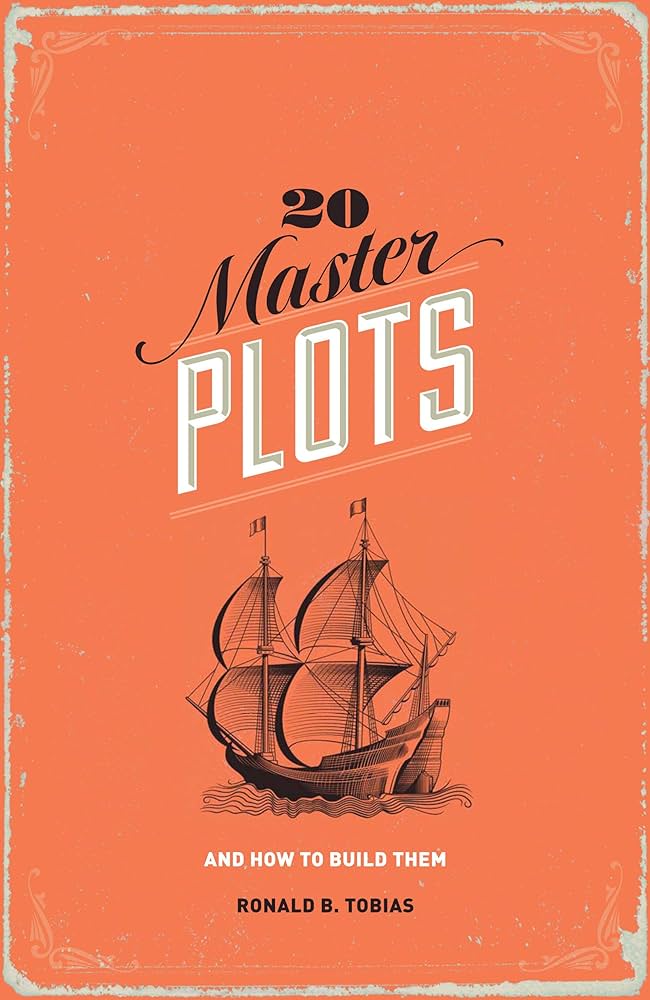“I have no idea how to build a portfolio to show my work. I want it to be modern, digital, and include my work, which is artistic as well as written. I know I need this for future jobs, and I don’t know the best way to do this.” — concerned student
The fear of believing in yourself as an artist and writer is a genuine challenge. The majority of individuals in these fields are either freelancers or are employed by companies. However, if you’re a true creative who values fulfillment over financial gain, you likely prefer a freelance, commission-based approach over a salaried job where you produce repetitive content. This alternative path can lead to jobs in the service industry with side hustles, or full-time freelancing combined with part-time roles, like night jobs in bartending.
Unless, of course, you come from a privileged background.
Data from the United States census, as summarized in an article by Karol Jan Borowiecki and featured by Sarah Cascone, sheds light on the advantages of coming from a wealthy family when pursuing a career in the arts. Borowiecki’s research reveals that individuals from families with an annual income of $100,000 are twice as likely to become artists, and this likelihood increases as income rises. This can be attributed to the high costs associated with artistic education and the culture of wealthy individuals sponsoring museums and galleries, effectively creating an echo chamber for affluent art enthusiasts. As a result, it appears that a significant portion of artists come from financially privileged backgrounds and don’t necessarily earn substantial incomes from their creative careers.
A study published in the journal Science in 2018, which involved half a million participating artists, concluded that key indicators of success in the art world include the caliber of the institutions where an artist’s work is displayed and the stage in their career when they gain access to prestigious museums, such as the Guggenheim. Early recognition and access to high-tier institutions in the early stages of an artist’s career correlate with greater potential for long-term success. Achieving any level of recognition as an artist can be considered a moderate success, but out of approximately 30,000 artists born between 1950 and 1990, only 240 managed to transition from lower-tier to prestigious institutions.
In essence, both financial privilege and early success serve as determining factors for success in the arts. It’s entirely valid to feel apprehensive about taking the initial steps, especially if you’re still at a stage where you’re struggling to establish yourself, and you’re aware that only a minuscule percentage, around 0.2%, of individuals in your situation manage to achieve their desired level of success.
What are ways to conquer this fear?
To overcome this fear, you can take the following steps:
Now, let’s discuss creating a guide to acquire the necessary skills:

Choosing a platform for your portfolio depends on factors such as budget and flexibility.
Thinking About Stories and Narratives: Humans are inherently drawn to certain timeless narratives, and these stories are often retold in various forms. Approximately 20 archetypal stories serve as the foundation for countless creative works.

Approximately 20 archetypal stories serve as the foundation for countless creative works.
Some common archetypes include “sacrifice,” where a character selflessly acts for the greater good, “revenge,” in which a character seeks retribution for wrongs done to them, “discovery,” where a character uncovers hidden truths or secrets, and “coming of age,” where the protagonist matures while navigating the challenges of adolescence. When compiling your writing, consider the underlying narrative of your work and craft a captivating blurb that conceals the archetypal story while intriguing readers by hinting at the plot’s trope. This approach can entice readers to explore your stories.
Harnessing the Power of Color: Individuals have unique color preferences, but certain colors universally evoke specific emotions. For instance, “blue” conveys calmness, relaxation, and stability, while “red” signifies passion, energy, and intensity. “Green” is associated with environmentalism, “pink” with femininity, passion, and nurturing, “purple” with royalty, luxury, and spirituality, and “yellow” with happiness, optimism, and warmth. Leverage the psychological impact of colors to influence the emotions of potential employers. Use vibrant colors and concepts strategically to captivate visitors once they’ve clicked on your portfolio.
Showcasing Your Achievements: When curating your portfolio, prioritize pieces that you’re genuinely proud of. Don’t fixate on the grades you received. For example, if you’ve written a piece that earned a “B” but you feel great about it, include it. If you believe it represents your work and will resonate with potential employers, it deserves a place in your portfolio. On the other hand, if you lack pride or confidence in a piece, even if others have praised it, consider excluding it. During job interviews, you might be asked about specific pieces, and if you can’t passionately defend them, or if you wouldn’t enjoy reproducing them, it’s best to leave them out.
Incorporating Visual Elements into Your Writing: For written pieces, it’s valuable to include visuals, even though this may seem contradictory. Rather than simply presenting your written work as PDFs, provide a brief excerpt that readers can click on to access the full version while still grasping the essence of the work. Humans are predominantly visual and tend to remember visual information. Enhance these excerpts with images, potentially those included in the article or relevant visuals. These excerpts should be paragraph-length to help readers understand your writing style without needing to click for more.
Understanding the Significance of Soft Skills: Recognize the importance of soft skills in the creative industry. The ability to confidently market yourself is crucial but overdoing it or appearing lacking in humility can be detrimental. Given the industry’s reliance on connections, ensure you network with fellow artists and professionals from various fields. You can also reflect these soft skills in your digital portfolio by including accessible audio or visual samples that showcase your personality and communication abilities.
Maintaining Relevance and Updates: One of the most challenging aspects of portfolio development is keeping it relevant and up to date. As your body of work grows and evolves, you must remove outdated content and revise your portfolio to showcase your most refined and current work. Regularly update and refine your portfolio whenever you have a new project to showcase. This proactive approach prevents the overwhelming task of last-minute updates before important interviews or assignments. Moreover, ensure your portfolio is easily accessible by including a link in your Instagram bio, email signature, and prominently on your resume. When attending job interviews, bring a printed copy of your portfolio on high-quality, thick paper. Over time, your portfolio will become an essential extension of your professional identity.
Here are some great sources that will help you build that portfolio
This piece was edited by Lily Cook as part of Professor Kelley Crawford’s Digital Civic Engagement course at Tulane University.
 NOLAbeings Multimedia artist Claire Bangser created NOLAbeings as a portrait-based story project that marries...
NOLAbeings Multimedia artist Claire Bangser created NOLAbeings as a portrait-based story project that marries...  Voodoo in New Orleans: Reviving history: New Orleans fortune telling This article takes a deep dive into the history of Voodoo in New Orleans, its hybridization with Catholicism, and its present-day place in the city's culture. The author visits fortune-tellers in the French Quarter, using their guidance as a tool for introspection rather than a deterministic predictor of the future. Through her experiences in New Orleans, the author feels a mystical connection to both the past and the future.
Voodoo in New Orleans: Reviving history: New Orleans fortune telling This article takes a deep dive into the history of Voodoo in New Orleans, its hybridization with Catholicism, and its present-day place in the city's culture. The author visits fortune-tellers in the French Quarter, using their guidance as a tool for introspection rather than a deterministic predictor of the future. Through her experiences in New Orleans, the author feels a mystical connection to both the past and the future. 